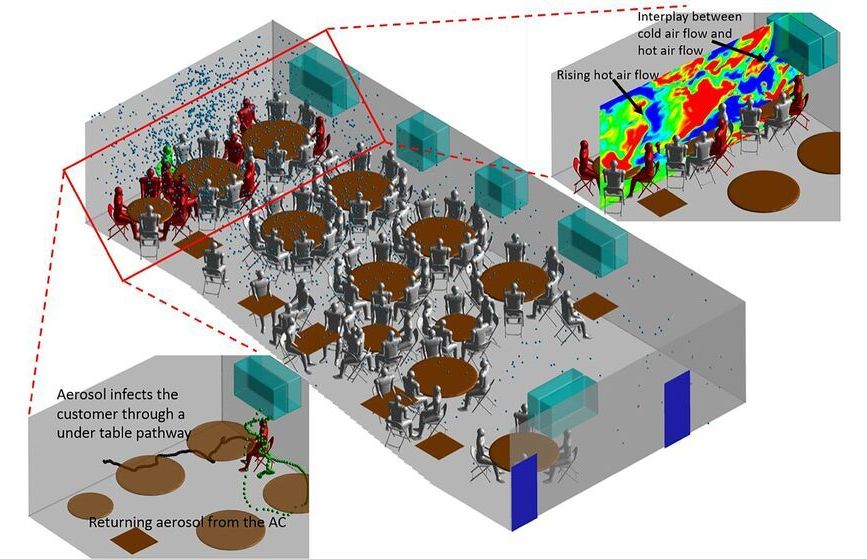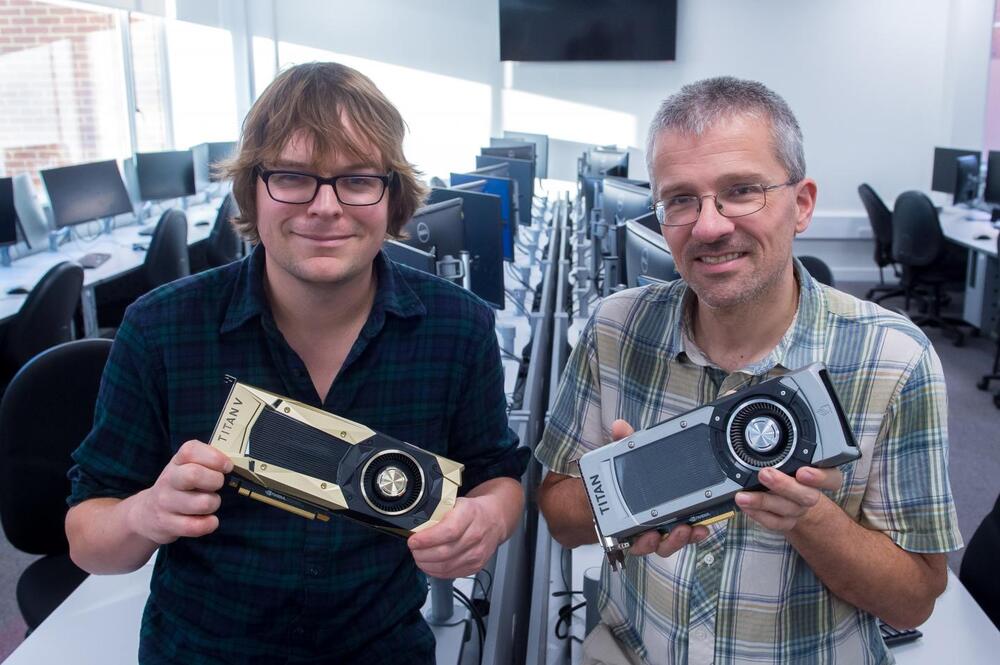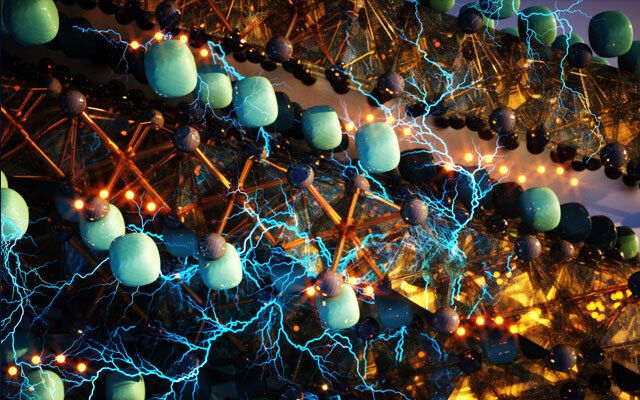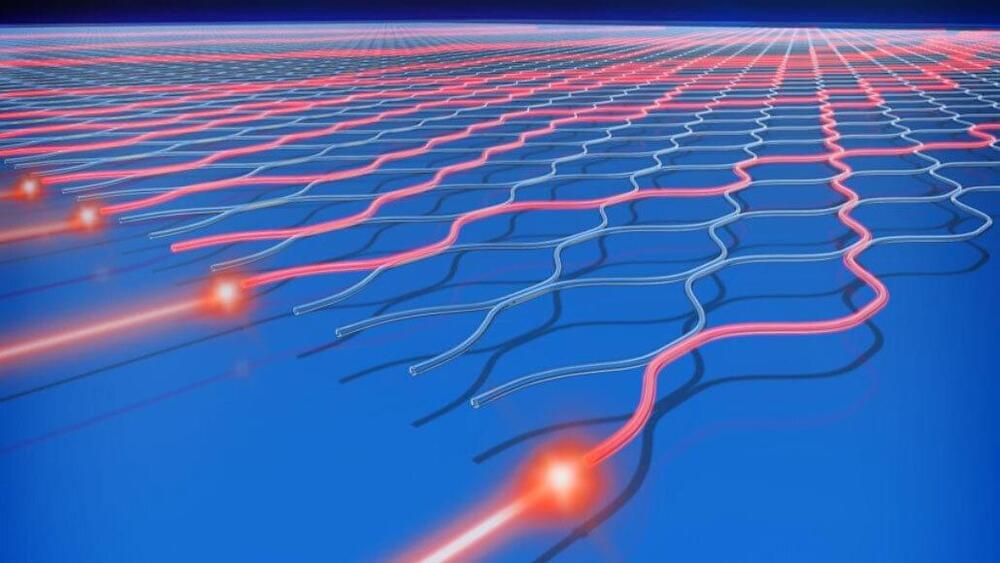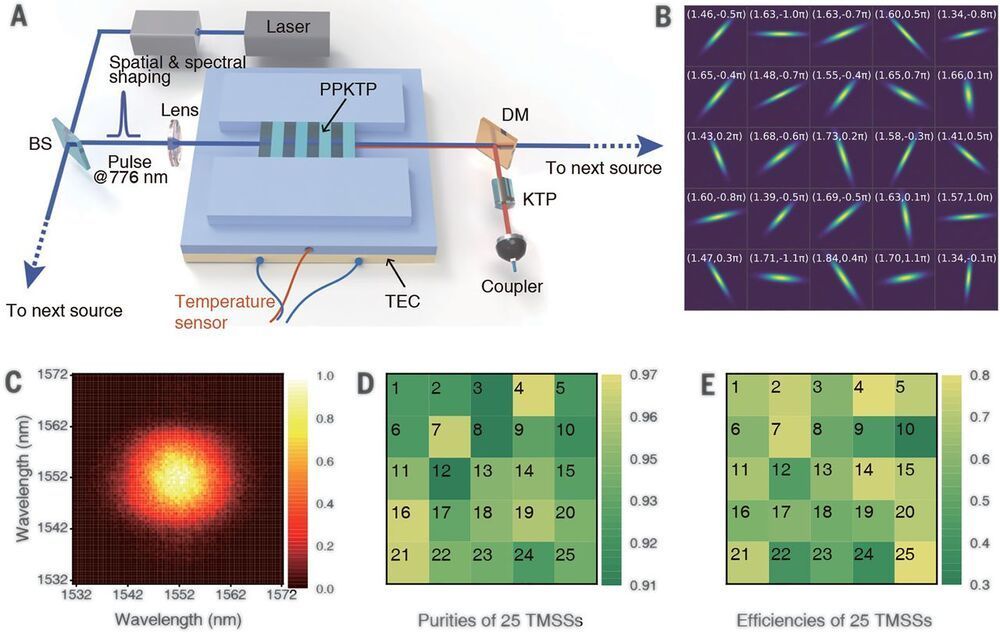Circa 2020 o.o
Researchers in China claim to have achieved quantum supremacy, the point where a quantum computer completes a task that would be virtually impossible for a classical computer to perform. The device, named Jiuzhang, reportedly conducted a calculation in 200 seconds that would take a regular supercomputer a staggering 2.5 billion years to complete.
Traditional computers process data as binary bits – either a zero or a one. Quantum computers, on the other hand, have a distinct advantage in that their bits can also be both a one and a zero at the same time. That raises the potential processing power exponentially, as two quantum bits (qubits) can be in four possible states, three qubits can be in eight states, and so on.
That means quantum computers can explore many possibilities simultaneously, while a classical computer would have to run through each option one after the other. Progress so far has seen quantum computers perform calculations much faster than traditional ones, but their ultimate test would be when they can do things that classical computers simply can’t. And that milestone has been dubbed “quantum supremacy.”

